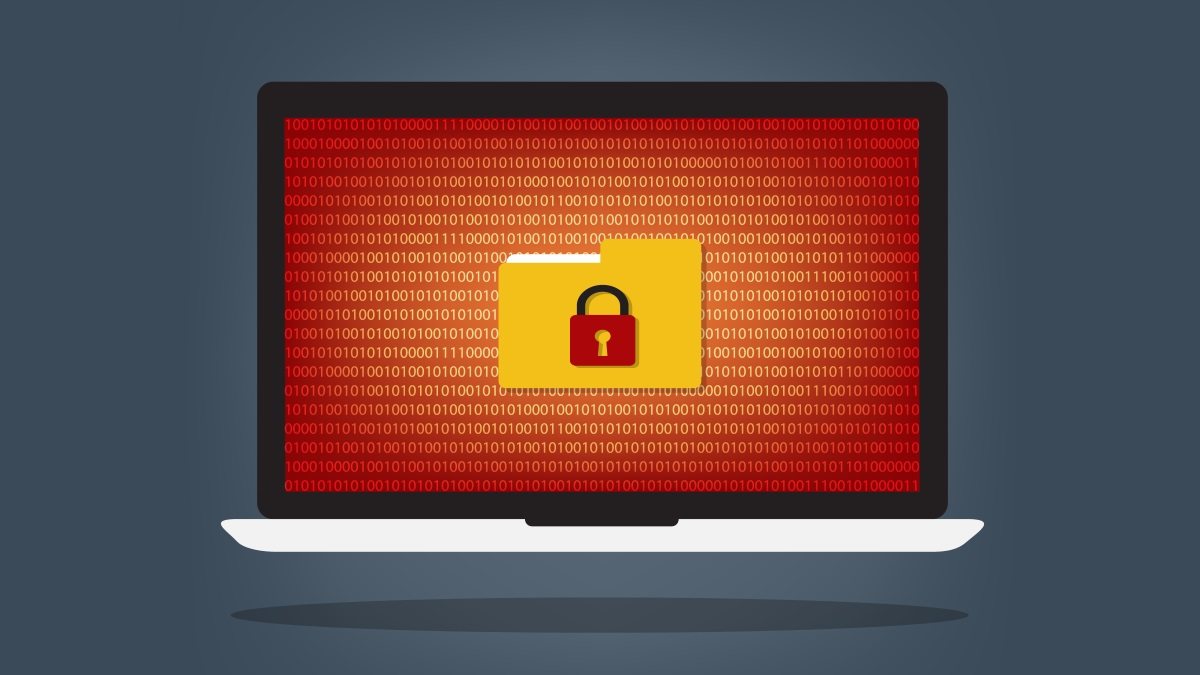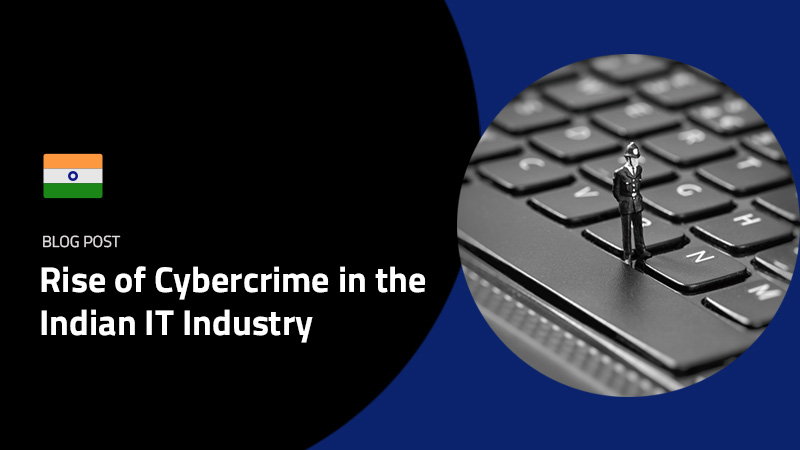What is Ransomware? Ransomware is malicious software that encrypts data on a person’s computer, or a company’s server so that it is rendered effectively useless. If you want to get your data back, you have to pay a ransom which the hackers demand. Worse yet, according to Intel, this method of hacking is increasing at an alarming rate.
Victims Of Ransomware
Recently, the University of Calgary paid 20,000 Canadian dollars worth of bitcoins to ransomware hackers, which experts fear could encourage further hacks, as reported by BBC
[Tweet “The University of Calgary has paid 20,000 Canadian dollars worth of bitcoins to ransomware hackers, which experts fear could encourage further hacks, as reported by BBC News.”]
Furthermore, as is the case with the University of Calgary, the decryption keys provided after the ransom was paid needed to be processed carefully in a time-consuming process which doesn’t always lead to full recovery of all data breached.
The Cause Of Ransomware
The main cause of hacks is usually human error. Some employees may not know what suspicious emails look like and by simply following a fake link and entering personal details can give hackers immediate access to sensitive data and company servers.

It’s important to regularly update anti-virus software and application system software as well as inform employees about suspicious emails and links and how to spot them.
However, there are further steps you can take to add another line of defense for your workplace.
Preventing Ransomware With Employee Monitoring Software
Employee monitoring software is a great way to assess your workforce’s attendance and productivity, but it can also be a useful tool in defending against hacks.
With KnowIT for example, you can install employee monitoring software on all company devices. Websites known to have dangerous links and files that could lead to hacks can be flagged up as “prohibited”, meaning that as soon as an employee accesses them you will be alerted.
Furthermore, all emails, communications on instant messaging and key logs are recorded, meaning you can see where any suspicious emails or activity may be coming from.






